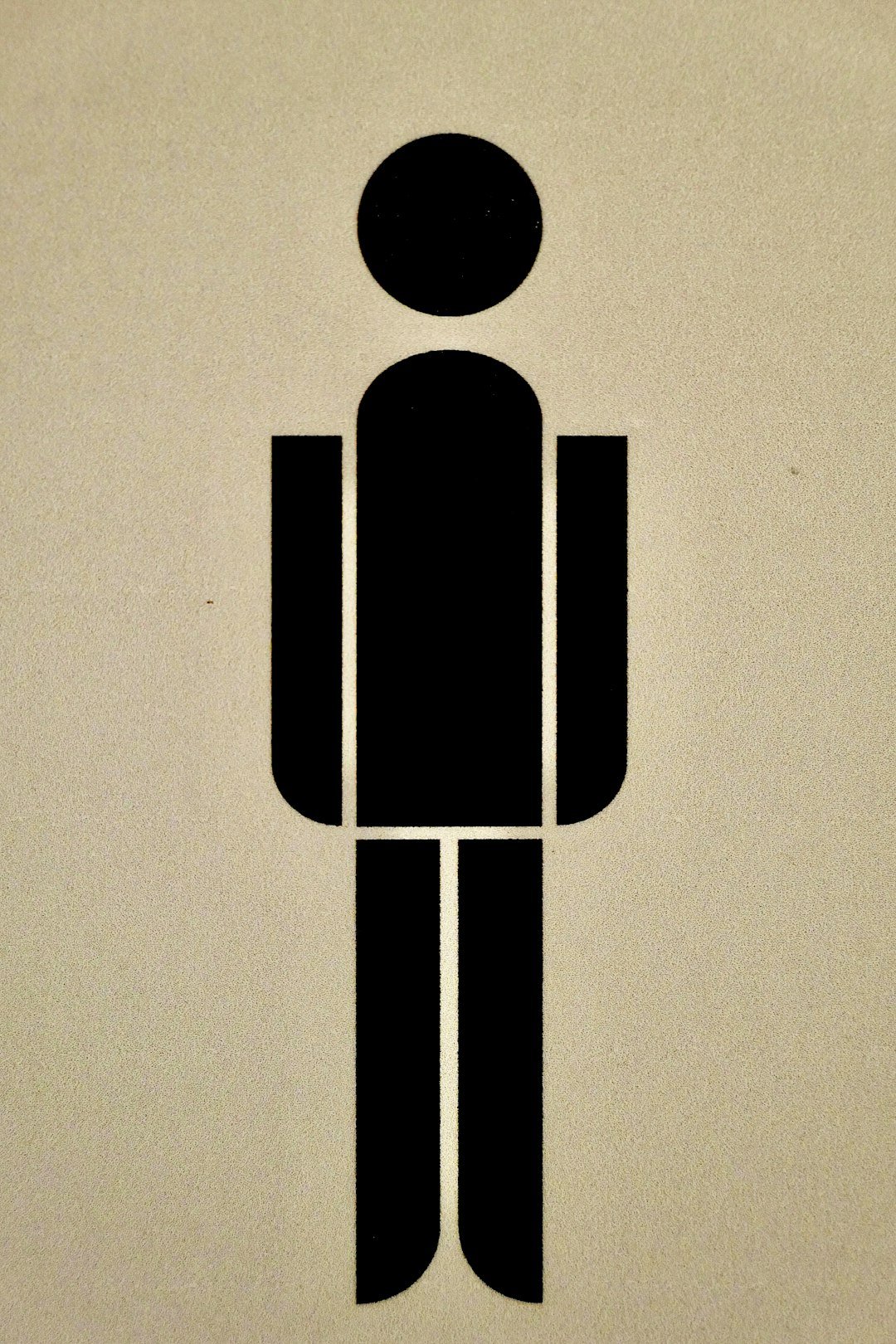
Although today’s younger demographics are actively working to break down traditional gender expectations and biases, many of these outdated conventions persist quietly in everyday life. Often, they go unchallenged because they’re so ingrained, which is somewhat paradoxical given how peculiar some of the most widespread ones can be.
High-profile issues such as reproductive rights and wage disparities rightfully draw widespread public scrutiny on a global scale. Yet, subtler forms of differential treatment and bias toward men, women, and non-binary individuals continue to play out in routine interactions, often overlooked.
It’s worth examining a few of these quirky examples of gender-based disparities in society. Given the rapid shifts in attitudes, these norms may not endure much longer, but acknowledging them today—despite their archaic feel—is a crucial step forward.
1. Baby Changing Facilities
Step into virtually any women’s restroom across the country, and you’re likely to spot at least one baby changing station, either in the main area or tucked into an accessible stall for added space. These setups are invaluable for parents managing errands or outings with infants, offering a practical solution on the go.
But it’s puzzling why these amenities aren’t universally available in men’s restrooms as well. To be accurate, newer public facilities tend to include changing tables in both men’s and women’s areas as a standard feature. However, older structures that haven’t undergone recent renovations often fall short.
In 2016, the BABIES Act was enacted by President Obama, mandating the inclusion of changing tables in government building restrooms to promote equity. Despite this, private businesses remain exempt, leaving fathers and non-binary caregivers in awkward and sometimes urgent predicaments. They’ve had to improvise solutions or delay care until reaching a more equipped location, highlighting a lingering gap in family-friendly infrastructure that affects modern parenting dynamics.
2. Pockets in Women’s Apparel
Ever hear someone rave about a new dress primarily because of its pockets? It’s a common quip, but it underscores a genuine frustration. Women overwhelmingly appreciate functional pockets in their clothing, yet the pockets on women’s jeans, trousers, and tops are typically too shallow or decorative to be truly useful, prioritizing aesthetics over practicality.
This issue has deep roots, tracing back to the 17th century when women’s fashion began emphasizing form-fitting designs like petticoats and corsets, sidelining utility in favor of appearance. Over time, the focus on how women should look in their clothes has overshadowed the need for convenient storage, forcing many to rely on bulky bags to carry essentials.
One can only hope that as attitudes evolve, this design flaw will give way to more equitable fashion choices, allowing women to move freely without the burden of extra accessories. Historically, this reflects broader societal pressures that have long undervalued women’s convenience in daily life.
3. Gender Disparities in Auto Insurance Rates
While the gender wage gap is a well-known injustice, fewer people realize that economic inequalities extend into other financial realms, such as insurance. Data reveals that women often face higher premiums for car insurance than men, even though statistics show they are involved in fewer accidents. For instance, a 2020 analysis by The Zebra indicated that women could pay up to 7.6% more than men for similar coverage.
What’s particularly frustrating is the lack of clear justification for this pricing difference, which has prompted several states to implement bans on gender-based insurance rates. However, without a nationwide policy, this practice persists, feeling like an arbitrary penalty that adds to the financial strain on women. This discrepancy not only compounds existing inequalities but also underscores the need for transparent and fair pricing models in the insurance industry.
4. The “Pink Tax” Phenomenon
The term “pink tax” might be familiar, but its full implications are worth unpacking. It refers to the unspoken markup on products marketed specifically to women, even when they serve the same purpose as those for men—effectively increasing costs without any added value. Key examples include:
• Personal care items like soaps
• Skin moisturizers
• Shaving tools
• Antiperspirants
Brands may downplay this trend, but side-by-side comparisons make it evident that women often pay a premium for equivalent products. When layered onto the reality that women frequently earn less than men, this creates a magnified economic disadvantage. According to consumer studies, this pricing strategy can add hundreds of dollars annually to women’s household budgets, perpetuating a cycle of inequality that advocates are increasingly challenging through policy reforms.
These four examples barely scratch the surface of how gender differences manifest in society. As perspectives continue to shift and advancements take hold, it’s evident that achieving true equality will require sustained effort and broader cultural change.
